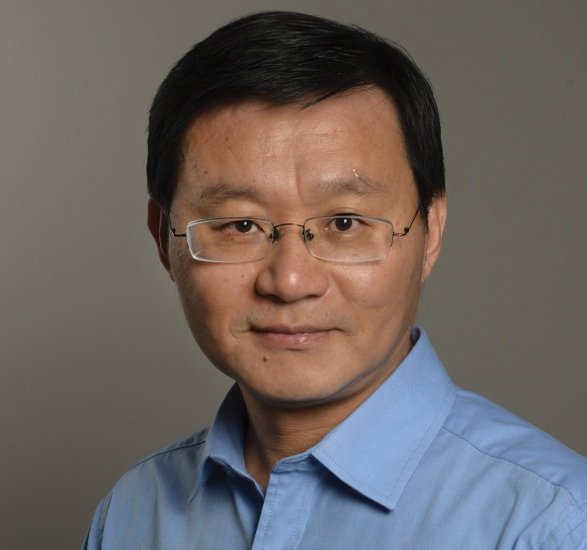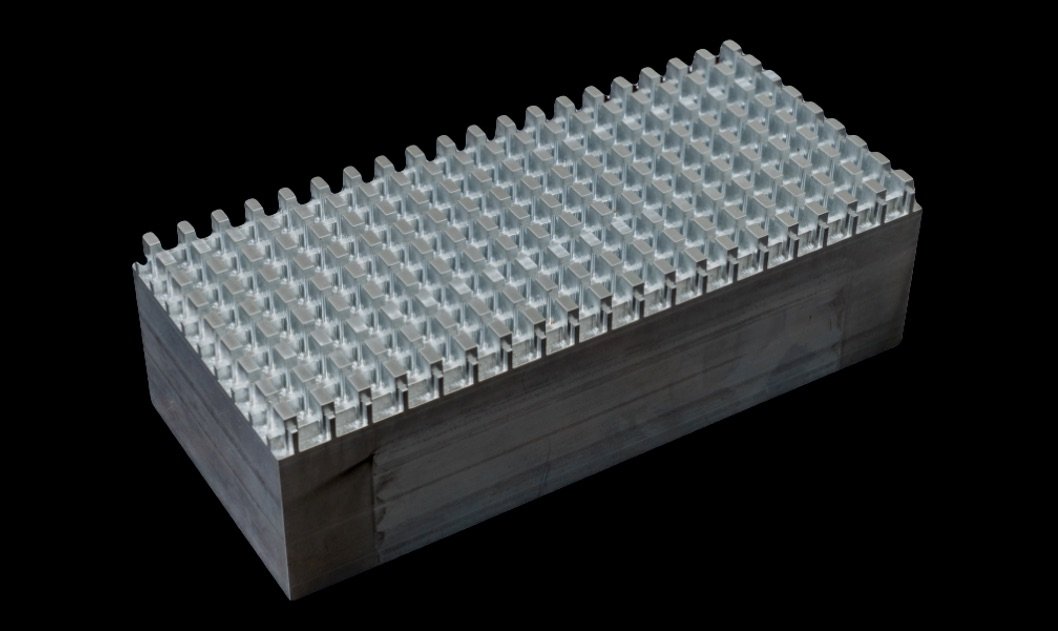Scientists who engineered a novel “fourth-dimensional” material say they have made a breakthrough discovery that allows the control of energy waves on certain surfaces, according to newly published research.
Generally, our human concept of space is constrained to only three dimensions, comprising an X, Y, and Z axis that governs our movement left and right, forward and backward, or up and down. However, theoretical fourth-dimensional concepts extend these properties beyond our everyday experience in reality.
Now, a team led by scientist Guolian Huang of the Structured Materials and Dynamics Lab at the University of Missouri reports that a unique metamaterial they have engineered based on such concepts can be used to control mechanical surface waves across the exterior of solid materials.


In their new research, Huang and the University of Missouri team says they began experimenting with concepts involving the construction of materials in four dimensions. This helped them engineer a material with unique capabilities that allowed them to control the paths of energy waves, making them travel along a desired path on their way from the corner of one material to another.
Previously, Huang had been involved in related research that learned how passive metamaterials can be used to manipulate sound waves traveling along similar pathways between objects.
The team calls their new discovery “topological pumping” and thinks it could potentially have useful applications in quantum computing and related fields since it allows for the creation of quantum mechanical effects in higher dimensions beyond the three that conventional objects are restricted to.
A material with such novel properties may also have a wide range of industrial applications as well, and according to Huang, could even help save lives.
“Most of the energy—90%—from an earthquake happens along the surface of the Earth,” Huang said in a statement. Building on this observation, he and his team believe that an object that functionally resembles a pillow could be covered in the new metamaterial they developed and then placed beneath a building to “help keep the structure from collapsing during an earthquake.”
Huang and the research team believe their discovery could also be utilized in scaled-up versions where the new metamaterial may prove to be useful in a variety of unique engineering applications that could be particularly beneficial in the development of defense technologies.
A new paper describing the team’s work, “Smart patterning for topological pumping of elastic surface waves,” was recently published in Science Advances.
Micah Hanks is the Editor-in-Chief and Co-Founder of The Debrief. He can be reached by email at micah@thedebrief.org. Follow his work at micahhanks.com and on Twitter: @MicahHanks.

